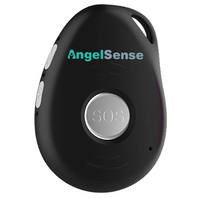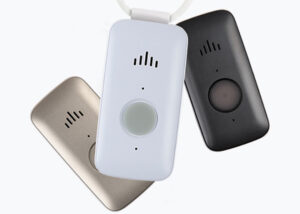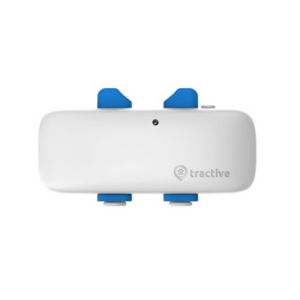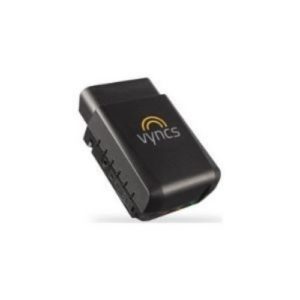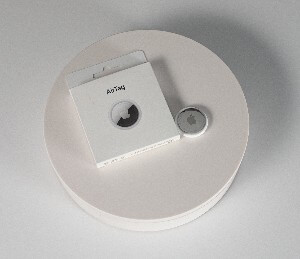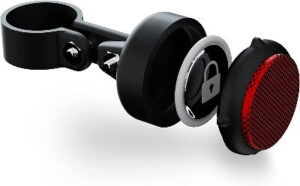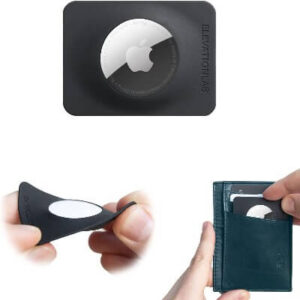We go into more detail about how AirTags work in our Apple AirTag FAQs. Here’s the quick explanation:
Apple AirTags anonymously connect to any nearby Bluetooth-enabled device that’s also part of Apple’s Find My network—about 1.8 billion devices worldwide.
The AirTag’s location is estimated based on the GPS location of those devices. It shows up in the Find My app as a pin on the map.
You’d be able to see that you left your wallet in your car, for example, and not at your friend’s house. But if you still couldn’t find your wallet in your car, you could use the Find My app to make the AirTag beep. The sound would help you know which part of the car to rummage through.
And if that still didn’t work—and you’re lucky enough to have an iPhone 11 or later—you could use the Precision Finding tool to turn your phone into a compass. Just follow the arrow until the distance reaches zero, and you should be right on top of the lost item.
Bluetooth tracking technology is a catch-22 for AirTags. On the one hand, it’s the reason these quarter-sized gadgets are so affordable and can run for nearly a year on one battery. On the other hand, Bluetooth connections are relatively slow—and that means an AirTag can’t reliably connect to devices in the Find My network when it’s moving 65 miles an hour down the freeway, for example.

